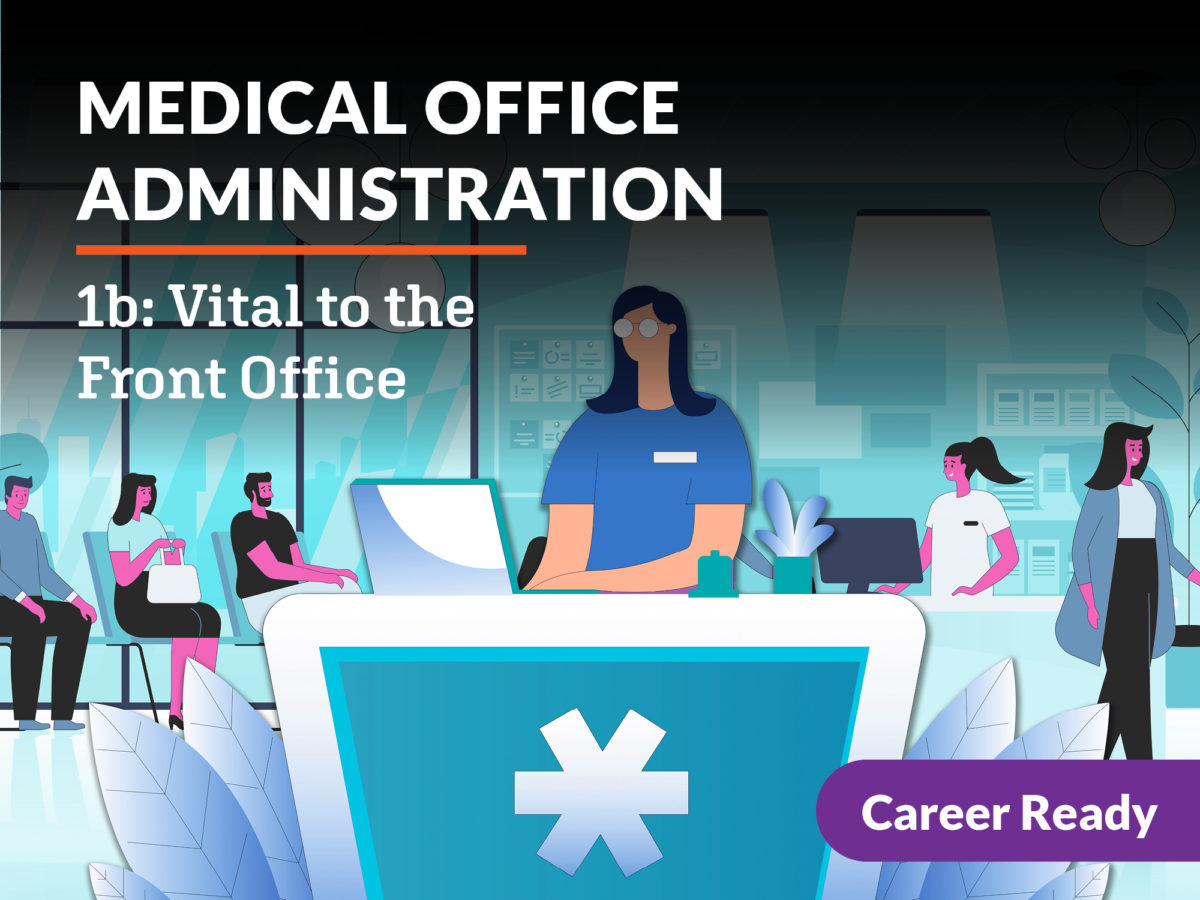Innovations in Medical Administration: Just How Technology Is Reshaping Healthcare Monitoring
The landscape of healthcare administration is undergoing an extensive transformation, driven by technical innovations in medical administration. Electronic Health And Wellness Records (EHR) have come to be the backbone of effective individual data monitoring, while telemedicine bridges ranges, making health care accessible to also one of the most remote locations. Expert system is not simply a futuristic idea but a contemporary device that personalizes client care and streamlines administrative jobs. As these innovations take spotlight, an important concern emerges: exactly how will these innovations even more redefine the healthcare experience for both carriers and clients in the coming years?
Advancement of Electronic Health And Wellness Records
Over the previous couple of decades, the development of digital wellness records (EHRs) has significantly changed the landscape of clinical management. At first created to digitize person documents, EHRs have expanded beyond their initial extent to become indispensable tools in enhancing healthcare processes, improving individual treatment, and enhancing administrative performances. The shift from paper-based systems to EHRs has actually reduced redundancies, minimized errors, and assisted in smooth info sharing across different doctor, consequently allowing comprehensive and coordinated individual care.
EHRs have introduced a standard shift in medical care administration by incorporating professional, management, and monetary data, hence enabling even more enlightened decision-making. The availability of real-time client data equips medical care experts to make prompt analysis and therapy decisions, further enhancing patient outcomes. In addition, EHRs support the implementation of evidence-based techniques by providing accessibility to the most up to date medical research and therapy standards straight within the medical workflow.
The government motivations and guidelines have increased EHR adoption, making certain compliance with requirements that safeguard person privacy and information protection. As the healthcare sector proceeds to welcome digital makeover, EHRs stay at the forefront of advancement, driving effectiveness and improving the overall top quality of health care delivery.
Innovations in Telemedicine
Telemedicine has actually swiftly progressed in the last few years, fundamentally changing the method healthcare services are delivered. This improvement is mostly credited to technological developments that have actually expanded access to treatment, especially for individuals in remote or underserved locations. Telemedicine systems promote real-time appointments between individuals and medical care service providers, consequently minimizing the demand for in-person visits and dramatically reducing wait times.
The combination of video conferencing, mobile health and wellness applications, and remote surveillance tools has enhanced the extent of telemedicine. Patients can now manage chronic conditions with continual surveillance, get timely consultations, and accessibility expert treatment without geographical restraints. This change has not just better individual fulfillment however has likewise optimized healthcare operations and resource allotment.
In addition, telemedicine has actually played a critical role in public health and wellness, especially during pandemics, by reducing the risk of infectious illness transmission. Regulatory developments have actually further supported telemedicine's proliferation, with several nations modifying policies to allow broader insurance coverage for online gos to.
Despite obstacles such as digital literacy and information safety and security, the recurring development of telemedicine assures to sustain its trajectory as a cornerstone of modern health care management, using a much more accessible and effective medical care delivery model.
Artificial Intelligence in Healthcare
Structure on the technical improvements seen in telemedicine, expert system (AI) is quickly coming to be a transformative pressure in health care administration. AI modern technologies supply significant renovations in effectiveness, precision, and decision-making capabilities. Among one of the most engaging applications of AI in healthcare is anticipating analytics, which allows medical care managers to anticipate patient needs, improve source allotment, and boost patient end results. By analyzing large datasets, AI formulas can identify patterns and predict prospective health crises, making it possible for aggressive intervention.

An additional noteworthy application remains in individualized medication, where AI aids in tailoring therapies to specific patient accounts by evaluating hereditary, way of living, and environmental factors (medical administration). As AI remains to advance, its combination right into health care management promises to optimize procedures, reduce expenses, and ultimately enhance the quality of care supplied
Enhancing Data Safety And Security Measures
As health care organizations increasingly rely on electronic systems for taking care of individual information, the demand for durable data protection actions has actually expanded significantly. Information violations not only threaten client privacy yet also lead to considerable economic losses and damages to institutional credibilities.
Healthcare institutions are carrying out multi-layered safety and security structures to mitigate threats. File encryption innovations ensure that sensitive data continues to be hard to reach to unauthorized individuals, both throughout transmission and storage. The adoption of blockchain modern technology offers a promising opportunity for boosting data honesty and traceability, offering an immutable document of all deals.

Educating team on cybersecurity ideal methods is similarly crucial. Awareness programs equip medical care employees with the understanding to acknowledge and report potential risks, such as phishing efforts. By prioritizing data protection, medical administrations can safeguard person information and keep trust.
Improving Client Communication Systems
While durable data protection measures are essential in protecting client information, similarly important is the improvement of individual interaction systems to guarantee effective health browse around this site care delivery. In the advancing landscape of health care management, technical developments are playing an essential duty in changing just how doctor connect with patients. Efficient interaction systems not only enhance patient fulfillment yet additionally enhance professional outcomes by making certain prompt and exact info exchange.
One of the substantial advancements around is the integration of electronic health and wellness records (EHR) with client websites. This assimilation allows individuals to access their clinical details firmly, timetable consultations, and communicate see this here with doctor efficiently. Additionally, making use of telemedicine platforms has actually broadened accessibility to healthcare services, especially for those in remote locations or with mobility difficulties. These systems facilitate real-time assessments, reducing the requirement for physical visits and allowing continuous treatment management.
Moreover, man-made intelligence-powered chatbots are being increasingly used to give instant feedbacks to client queries, offering a seamless interaction experience. By leveraging these technical developments, doctor can foster even more individualized client interactions, ultimately causing boosted individual involvement and adherence to therapy strategies.
Final Thought
Telemedicine boosts healthcare access for remote populaces, while fabricated intelligence automates tasks and individualizes patient interaction. Collectively, these advancements drive efficiency, reduce expenses, and boost the top quality of health care distribution, improving business procedures in the medical care field.